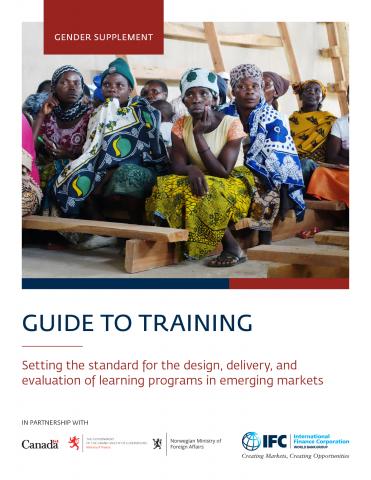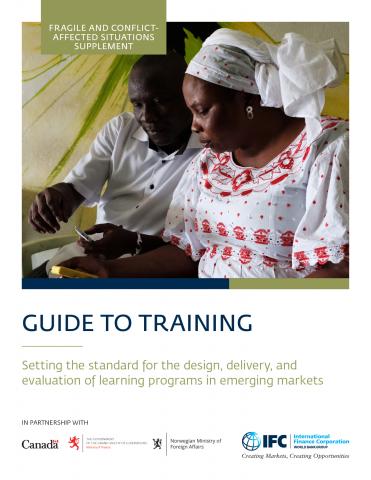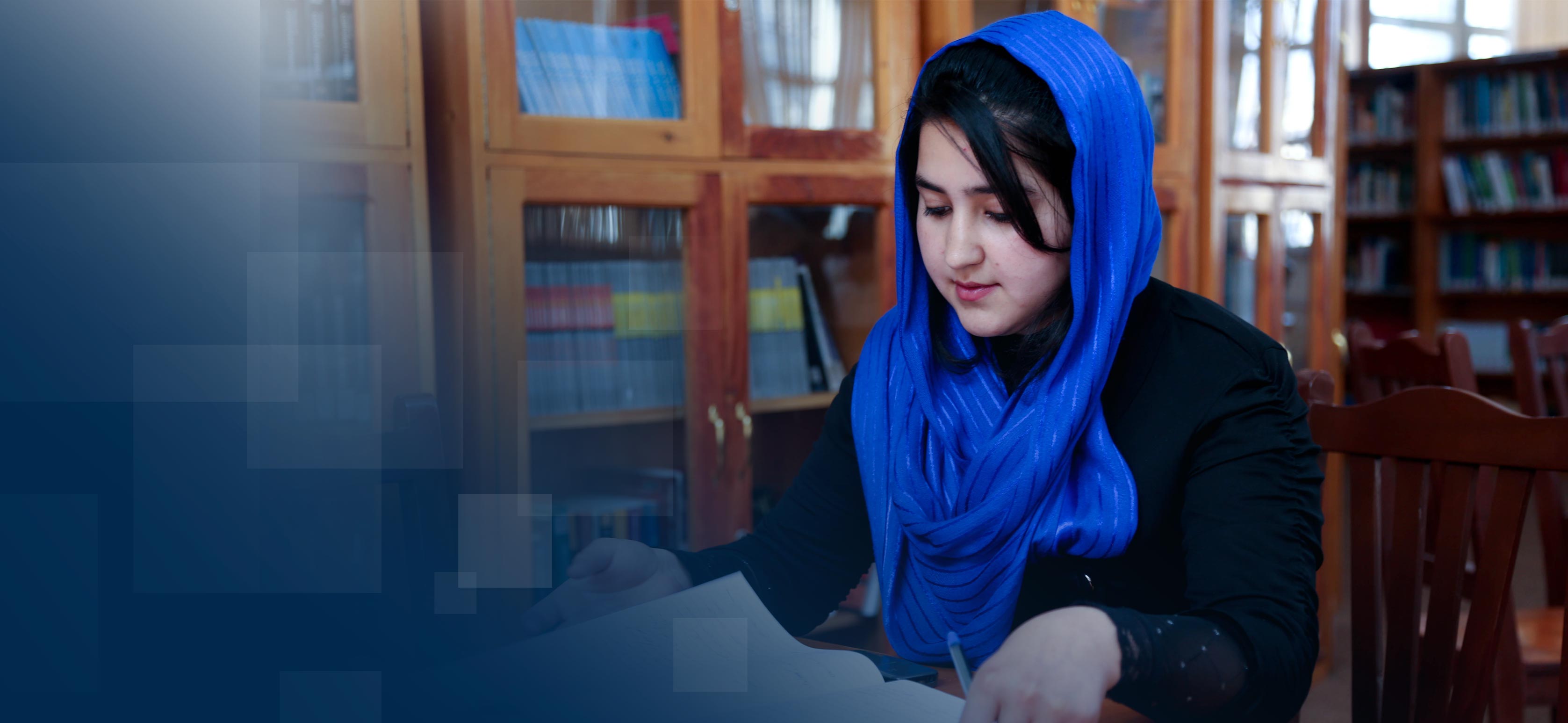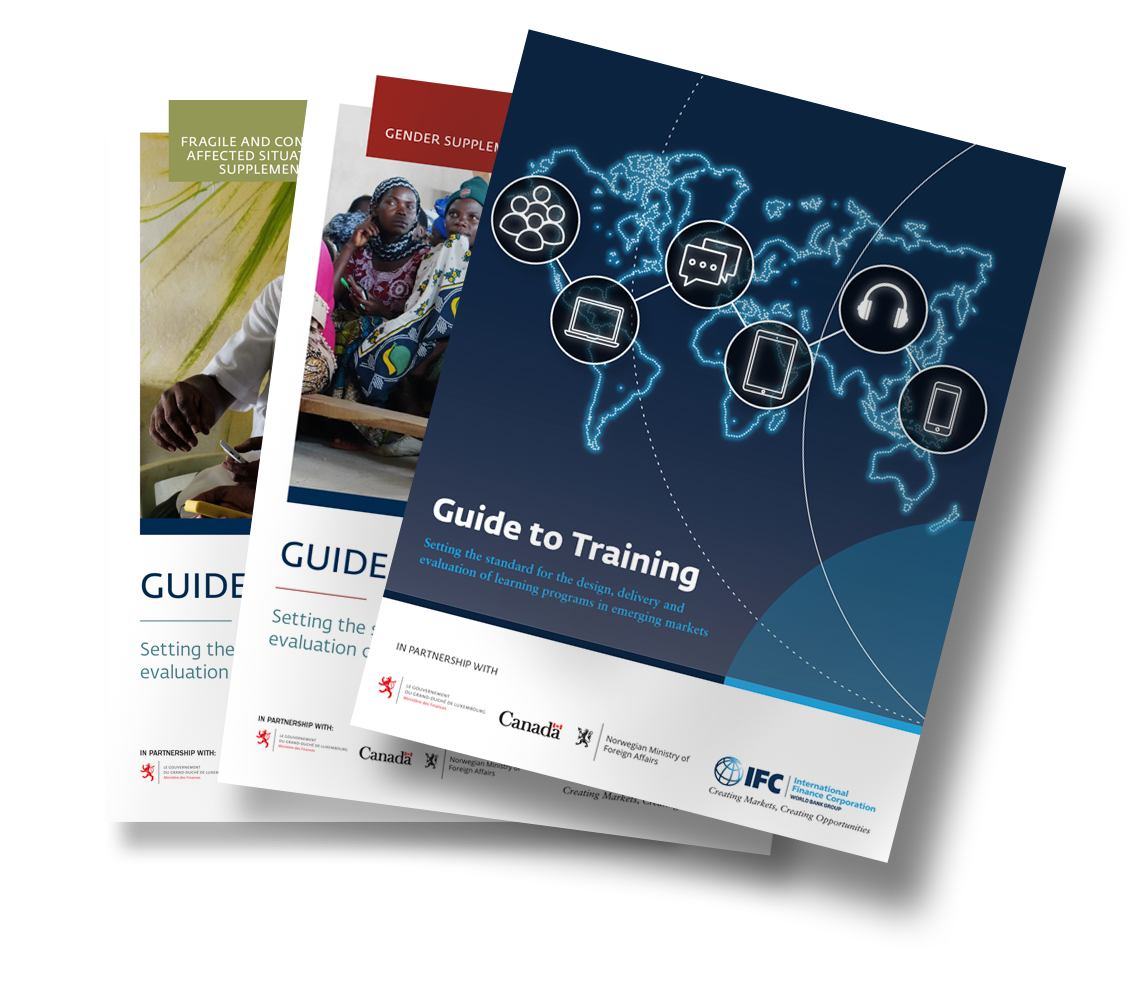The Guide to Training is based on competencies initially created by The Institute for Performance and Learning (I4PL) and captures knowledge and best practices from a range of learning institutions and specialists. Experts on gender-inclusive initiatives and IFC staff working in emerging markets and fragile and conflict-affected situations (FCS) have contributed their experience and lessons learned.

GENDER SUPPLEMENT
Closing the economic, employment, health, and education gaps between men and women is not only a social and moral imperative, it is an economic necessity too. This supplement provides more information on how to implement the tasks of the competency framework presented in the Guide to Training in a way that supports gender inclusion.

FCS SUPPLEMENT
MSMEs often provide one of the only entry points for development organizations working to restore stability and economic growth to areas affected by political instability, violence, and armed conflict. This supplement covers factors that performance and learning professionals need to take into account to create impact and improve MSME performance in the most challenging environments.

